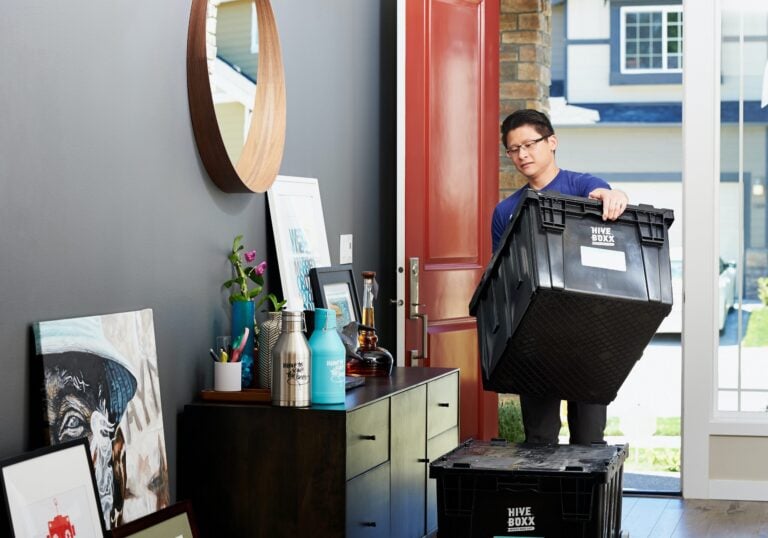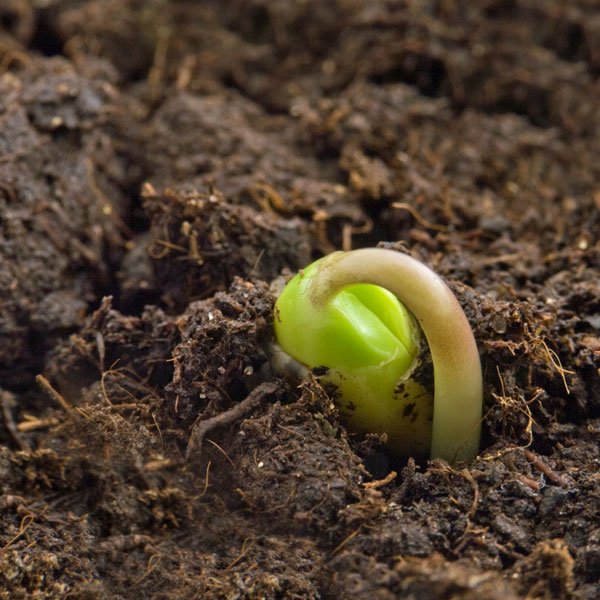Sustainability Tips for New Homeowners
 Moving into a new home can be an exciting time for new owners. Whether they’re in a new state or just a new neighborhood, the unfamiliarity and possibility of designing and enjoying a new home can be a welcome change. However, with unsustainable purchases, wasteful packaging, and harmful energy expense, moving into a new home can have a significant, sometimes surprising impact on the environment.
Moving into a new home can be an exciting time for new owners. Whether they’re in a new state or just a new neighborhood, the unfamiliarity and possibility of designing and enjoying a new home can be a welcome change. However, with unsustainable purchases, wasteful packaging, and harmful energy expense, moving into a new home can have a significant, sometimes surprising impact on the environment.
Luckily, there are several steps you can take to ensure you make your new home sustainable and eco-friendly. Here are a few tips to help you keep Mother Nature in mind as a new homeowner.
Invest in eco-friendly decor
Often, the decor of a house is overlooked when it comes to remaining eco-friendly, yet it’s very important to choose furnishings that are mindful of the environment. Some paints, for example, can have high levels of volatile organic compounds or VOCs and harmful pigments in them which are toxic to the Earth and animals. Be sure to choose a non-toxic paint for your home to avoid the use of harmful chemicals. Additionally, be sure to research any new furniture you purchase to understand its impact on the Earth. For example, you can buy couches that have been made with responsibly-sourced wood, meaning the timber was harvested only from non-GMO trees in non-threatened forests. Other furniture pieces you should be mindful of are mattresses, tables, and rugs. They are often made with unsustainable practices, so always check their materials and brand policies before making a purchase. Educating yourself on the impact of your décor, whether through its production and labor conditions, or its materials, can help you make more informed decisions to help your home become more sustainable.
Manage your energy output
It’s important to understand how you spend energy in your new home. Are you losing any heating or cooling to old windows? If so, this energy waste can pollute unnecessarily. Try to install new, energy-efficient windows to be sure your home is insulated more effectively and not experiencing thermal transfer. You can also outfit your home with energy-efficient products like a programmable thermostat to monitor the efficiency of your cooling and heating systems, or LED light bulbs for longer-lasting, more energy-efficient lighting. These changes can help you keep your home’s energy output sustainable and avoid impact on the environment.
Build a garden
A garden is a great way to minimize your food waste and also remain energy efficient. By growing your own fruits and vegetables, you’ll need fewer trips to the grocery store, meaning less gas emissions and less support of international food shipping which contributes to a lot of worldwide pollution. Here’s a list of seasonal fruits and vegetables by area to get you started. You could also consider starting a compost bin to fertilize your garden while also reducing your household waste. Lastly, gardening has been shown to reduce stress in a healthy way and helps you use your land more productively, so it’s a great option for beating any moving anxieties!
Use natural cleaners
While opening up your new home and maintaining it throughout the time you live there, you’ll likely want to keep it clean. Be sure that when you do, it’s with non-toxic cleaners that won’t harm the environment or your own long-term health. Be sure the products you choose were manufactured sustainably and are biodegradable– look for products that are certified by EcoLogo or Green Seal, or are listed on the EPA Greener Products guide. This way, you know that when they eventually end up outside, they won’t cause a serious impact on the environment or local wildlife.
Use these tips to be sure your new home stays sustainable and Earth-friendly!


